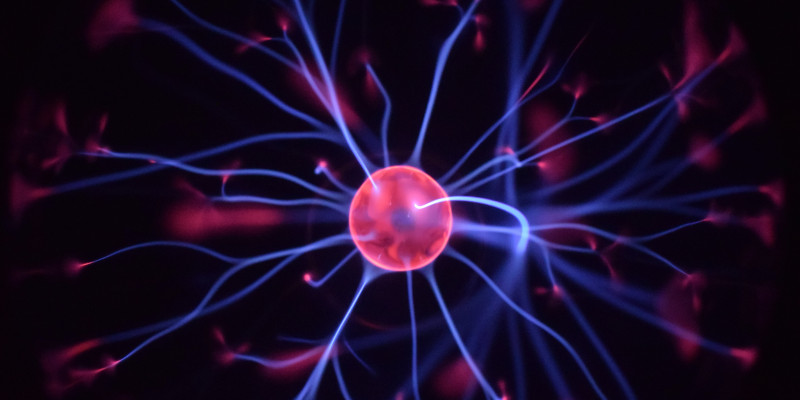Why exercise is so important for injury recovery

In the realm of injury recovery, exercise is seen as a key factor in rehabilitation. While the initial thought might be to rest and avoid movement, numerous studies have highlighted the transformative effects of physical activity on the healing process. Beyond the tiring nature of repeated repetitions, exercise triggers a series of intricate mechanisms within our bodies that play a pivotal role in the healing journey. We can divide these effects into three main categories: neural factors, muscular factors and connective tissue.
- Neural Factors
Our nervous system is a central player in the healing process. When we exercise, it’s not just about the muscles, our nerves are also required to function as well. Neural drive, a term used to describe the intensity at which our brain sends signals to our muscles, increases during exercise. Think of it as a motivational message from the brain to the muscles, urging them to work harder and more efficiently.
Motor unit recruitment, another important factor, involves the activation of different muscle fibres to meet the demands of a particular movement. Through exercise, our body becomes more adept at recruiting these muscle units efficiently, resulting in better coordination and movement control. The effort of exercise and function is then spread more evenly across the muscle unit which prevents overloading specific areas during the recovery process.
Additionally, the frequency at which nerve impulses fire to our muscles during exercise plays a significant role. The more frequently these impulses are fired, the more our muscles are engaged, promoting better circulation and function of the injured area. Essentially, exercise helps improve the communication efficiency of our nervous system to our muscles which ultimately improves the healing process.
- Muscular Factors
When we exercise, our muscles don’t just get stronger; they become more resilient and adaptive, crucial elements in injury recovery. One notable change is the increased cross-sectional area of muscles. Simply put, muscles grow in size, providing better support and stability around the injury site. This growth helps in distributing the stress placed on the injured area, preventing further damage, and promoting healing.
Exercise also induces changes in the muscle structure, known as the muscle architecture. The arrangement of muscle fibres becomes more organized, enhancing the muscle’s ability to generate force and support the body during movement.
Increased muscle power is another outcome of exercise. As we exercise at a high intensity or to an exhausted state, our muscles become more adept at generating force, aiding in movements that might have been challenging or painful during the initial stages of injury. This boost in power contributes significantly to regaining functionality and mobility post-injury.
- Connective Tissue Factors
Connective tissues, including tendons, ligaments, and fascia, act as the framework supporting our body’s structure. Exercise positively influences these tissues, aiding in injury recovery. One key aspect is force transmission – exercise helps in the proper distribution of forces through these connective tissues, reducing strain on the injured area and allowing for a more even load distribution.
Additionally, exercise induces positive changes in fascia, the interconnected network of tissue that wraps around muscles and organs. This intricate web undergoes positive alterations, becoming more pliable and supportive. Picture a stretchy, resilient fabric reinforcing and supporting the injured area, allowing for smoother movements and reduced discomfort during the healing phase.
In summary, exercise acts in a multitude of ways in the process of injury recovery. Through its influence on neural, muscle, and connective tissue factors, it orchestrates a symphony of mechanisms within our body, facilitating healing and restoration. Incorporating appropriate exercises, under professional guidance, becomes not just a physical activity but a therapeutic intervention, paving the way towards a stronger, more resilient recovery.
Kieran Toohey
Senior Physiotherapist Lake Health Group
